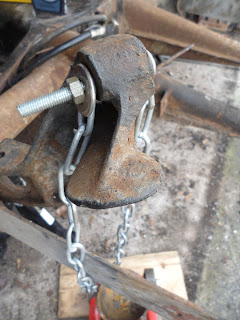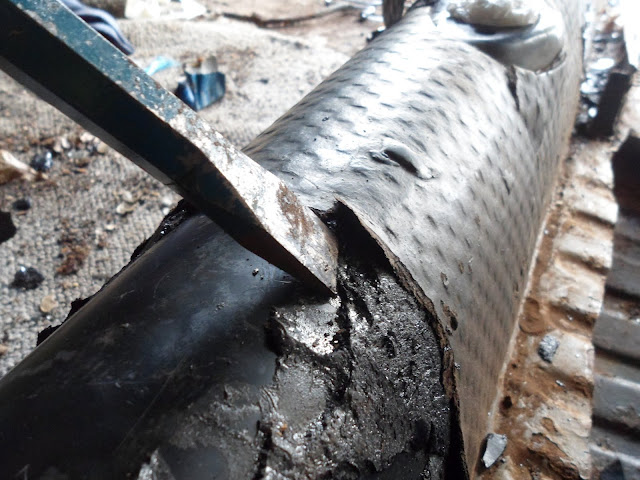Probably the biggest surprise for me was that she was built in Belgium!
Edit 05/12/12: I have found out a bit more about Belgium built beetles!
The Belgian company was
called D'ieteren and the assembly plant was located in Vorst/Forest, which is
an area in the south-western part of Brussels. D‘ieteren surrendered the plant
at the end of 1970 after which full ownership transferred to Volkswagen and eventually
became known as “Volkswagen Vosrt”. Between 1954 and 1975 the plant built 1,143,464
VW Beetles.
Here is an extract from an article on coachbuild.com:
“After WW II, Pierre D’ieteren managed to obtain the sales rights for VW and so they became the official Belgian distributor of that German manufacturer from 1948”. “D'ieteren bought a piece of land in 'Vorst' for the assembly of the Studebakers and soon this was followed by the assembly of Volkswagens”.
Today the factory is an Audi
manufacturing plant and is known as “Audi Brussels”. More information can be
found on the Audi Brussels wikipedia page: http://en.wikipedia.org/wiki/Audi_Brussels





















